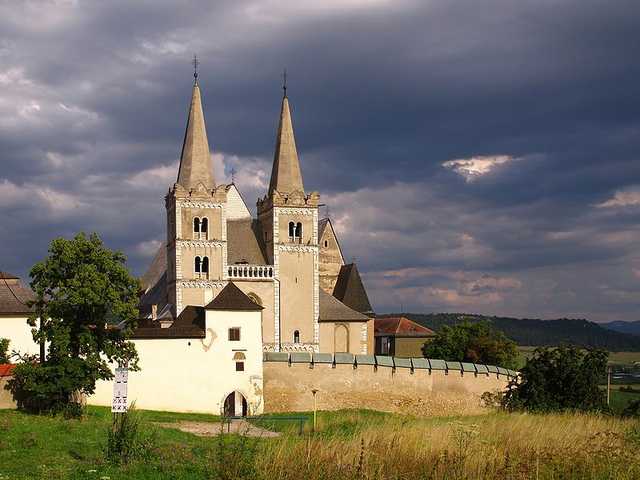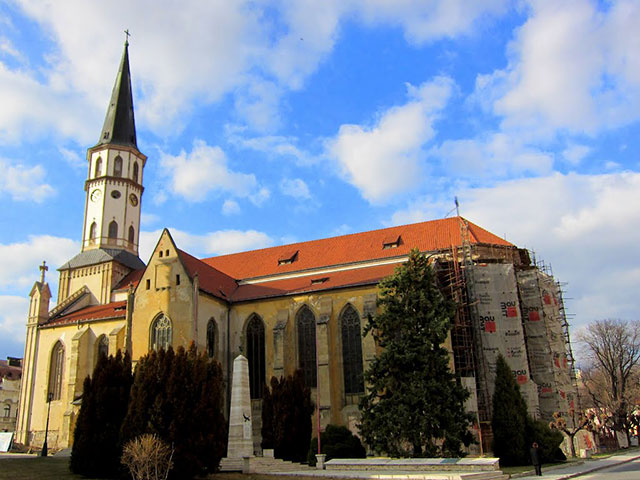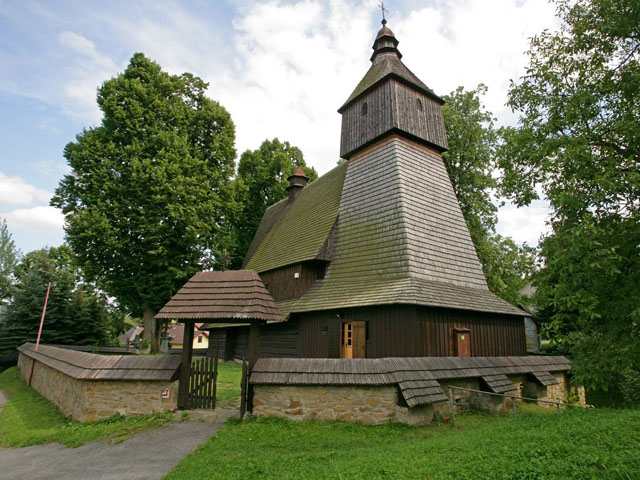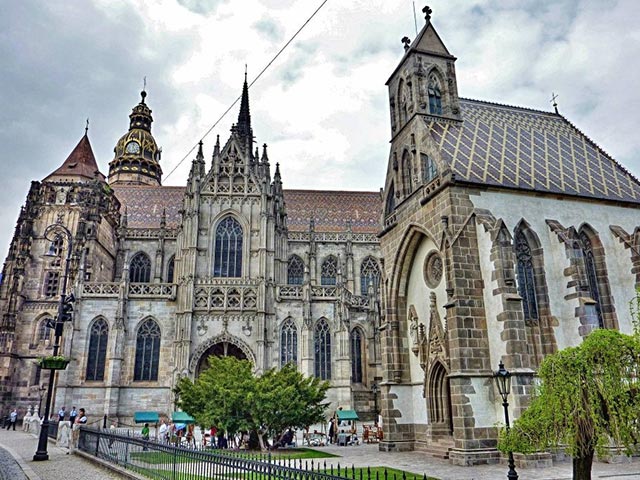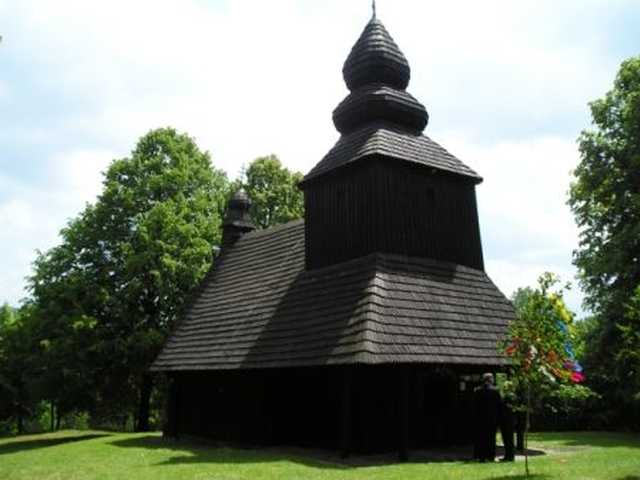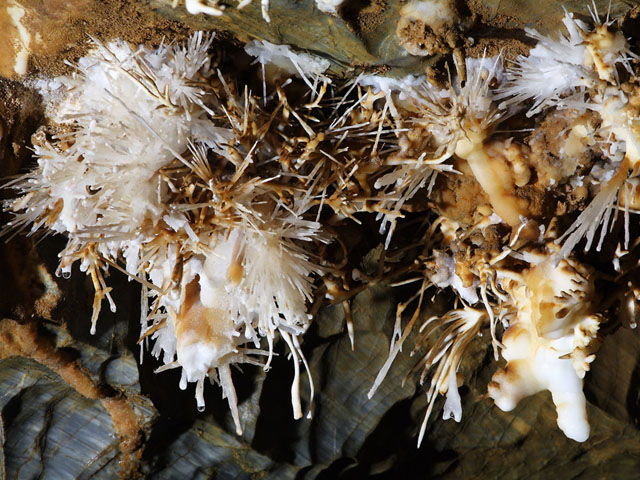Included
- Trip transport
- Accommodation with breakfast in hotels and guest houses:
- 1 night in a 4* hotel, Bratislava
- 1 night in a stylish guest house, Banska Stiavnica
- 2 nights in a 4* hotel, Kezmarok
- 1 night in a 3* hotel, Bardejov
- 1 night in a 3* hotel, Snina
- 2 nights in a 4* hotel, Kosice - Services of a private guide-driver for 7 days
- Wine tasting in Tokaj region




